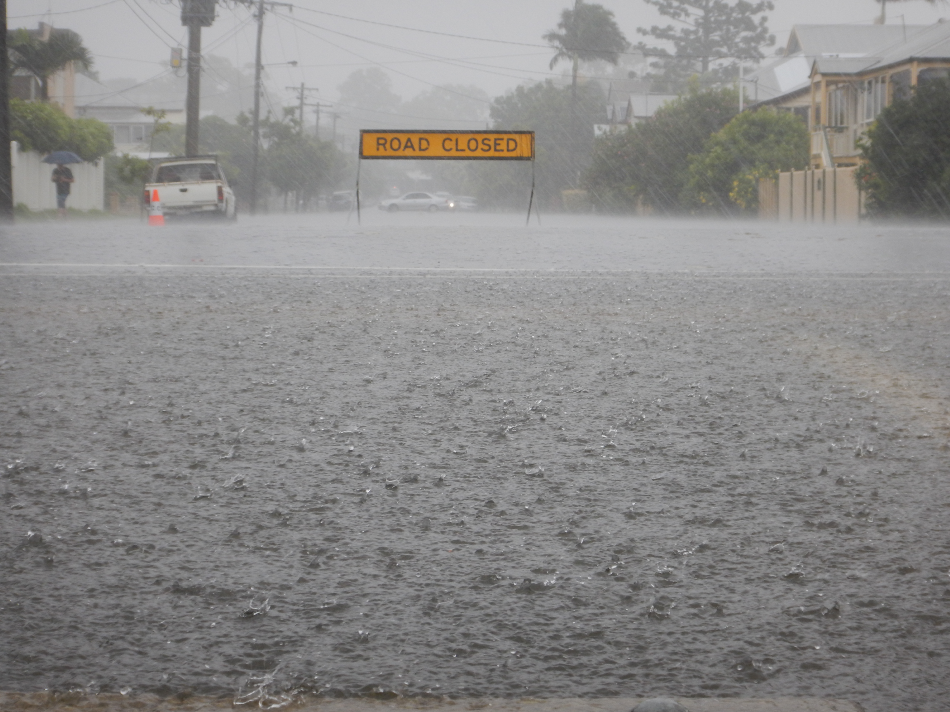
Image Credit: Shutterstock/Silken Photography
Heavy rains that have brought much-needed respite to Australia’s East Coast have also caused dangerous floods across the state of New South Wales. The deluge has brought an end to some of the most catastrophic wildfires that have raged across the country for months on end.
Over the past four days, the city of Sydney and nearby towns have had the longest sustained precipitation the district has experienced in 30 years. While the rain has refreshed dams that had been drained during the ongoing wildfires, it has also led to landslides and the evacuation of towns as well as the closure of nearly 50 schools due to heavy flooding. Australia’s Bureau of Meteorology has gathered some data that indicates as much as 391.6 mm of rainfall in Sydney – the most the city has seen since 1990.
The bureau also issued severe weather warnings, but it seems the stormy weather was welcomed by those living in the region.
It’s amazing what the smell of the rain can do to people’s spirits.” Unsurprising given the fact Dubbo had suffered from tight water restrictions and persistent dust-storms over the last three years.
Ben Shields, Mayor of Dubbo
A Perfectly Timed Storm
New South Wales Rural Fire Service (NSWRFS) was also quick to celebrate the incoming rains as they tweeted, “This is the most positive news we’ve had in some time…” The tempestuous weather significantly assisted the fire-fighters helping them extinguish over 30 fires that had been burning for some time. The NSWRFS also stated that while 26 fires still burn, only 4 of them remain “uncontained.”
The bureau and state officials have continued to issue wet weather warnings and advised of flood risk, but it is thought the worst of the rains had started to pass by. Although while it did shower the region, emergency services received around 10,000 telephone calls as the stormy conditions felled trees, impacted the public transportation system, caused power outages, and flooded homes.
Emergency crews and services were able to restore power to over 100,000 homes that had been affected by the outages in the past couple of days. Even though the torrential downpour has brought new danger to New South Wales, much relief was felt after two mega fires that had destroyed over 500,000 hectares of land each, were finally laid to rest. Shane Fitzsimmons, commissioner of the NSWRFS, had stated around 800 active fire-fighters had been redeployed to assist with the storm clean-up and a further 100 remain actively fighting fires.
Speaking with the Australian Broadcasting Corporation Mr. Fitzsimmons stated, “We can still expect the odd, hot, dry and windy day but it's going to be on top of a landscape that is considerably different than where we were only a matter of weeks ago.” While far from being a perfect storm, it does come as perfectly timed."
Diminishing Blazes
Since 2016, large parts of New South Wales and also Northern Queensland have been greatly affected by droughts. Thus, the recent spate of heavy rain has dampened the land and allowed for the containment of the wildfires that had destroyed hundreds of homes and led to the deaths of 33 people.
The diminishing blazes should ease the strain put on emergency services which have battled against the harsh conditions as over 11 million hectares of land that has been affected by the wildfires. To put that into context, the fires have caused devastation to an area almost the size of England or the US state of Ohio.
Thunderstorms are forecast to continue in New South Wales and nearby Victoria in the coming days. As Australians have embraced the heavy storms, leading climate scientists have stated that wildfires in the region could become more common due to climate change. Not only does this destroy the land but it decreases vegetation and impacts wheat crops.
Disclaimer: The views expressed here are those of the author expressed in their private capacity and do not necessarily represent the views of AZoM.com Limited T/A AZoNetwork the owner and operator of this website. This disclaimer forms part of the Terms and conditions of use of this website.